We’re up with the gods today, halfway to the top of a Welsh mountain, and we’ve got some moody, blustery weather to suit. Luckily, we’ve also got an offering of which those gods should wholeheartedly approve – and, funnily enough, it’s come along at just the right time.
Fifty years ago this year, a momentous chapter opened in the history of British motorsport. In 1972, driving a potent little saloon that had already built up a tidy little international rallying pedigree, Roger Clark and Tony Mason became the first all-British driver and co-driver pairing to win the RAC Rally for more than a decade, and they did it in a British-made Mk1 Ford Escort RS1600.
They wrote their success on stages all over Britain, of course, but some were very close to where we are now in Snowdonia: Penmachno, Coed-y-Brenin and Clocaenog – names that bring visions of blurred trees, opposite lock and flying mud and gravel flooding back from somewhere deep in the nation’s collective memory.
There would be plenty more wins like the one in 1972. The Escort’s hot streak would continue with Timo Mäkinen winning in 1973, 1974 and 1975, and then Clark again in 1976. Others among their Ford team-mates would go on to win in the following years, so that no other car but an Escort would actually claim the RAC Rally until 1980. Lesser podium finishes would be almost ten a penny.
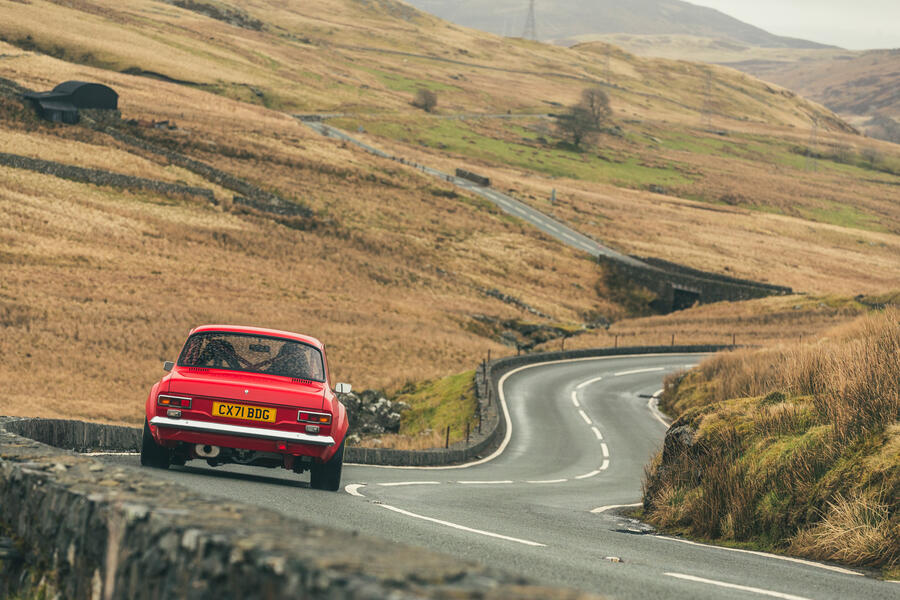
Eight straight RAC crowns remains quite the coup: a feat of dominance no other rally car recorded before the Escorts (between Mk1 and Mk2, the car regenerating, Doctor Who-style, in 1975), and none has repeated since. It fuelled Ford’s UK-market sales performance for decades and kindled a fanatical following for the Escort among rallying competitors and fans that few other cars since have enjoyed. 1972 was, in short, the beginning of something very significant, both for British rallying in general and the Ford Escort in particular, even though it came a couple of years after Hannu Mikkola’s famous London to Mexico rally win.
And apparently it was something potent enough still to be setting hearts and wallets aflutter even now, in certain parts of our sceptred isles, and the MST Mk1 is the proof. This looks an awful lot like a brand-new, boxfresh, 1970s-era Mk1 Ford Escort world rally car that’s been in some massive zip-lock plastic bag for the past five decades. But look closely and you’ll see what it’s missing: a blue oval Ford badge on the grille, as well as any Escort model nomenclature on the bootlid.
This is not actually a Ford but a hand-built modern twin of one, if you like; a car with a new registration document and a 71-plate but made out of the exact same sheet metalwork and axles that might be used to repair or restore any ‘original’ historic Escort rally car in need of some mechanical attention in 2022. The MST Mk1 has been built to a specification devised to honour the rallying versions of the Mk1 Escort but has a body and chassis considerably strengthened and enhanced from 1970s spec, and it’s yours for a little under £100,000 before VAT – which is a bit of a snip compared with what some modern makers of ‘restomod’ vehicles are currently asking. It’s the real McCoy, as much as any new Escort could be, but it’s not made by Ford, so it can’t be badged as if it had been, and it can’t be run as a ‘historic’ rally car either.


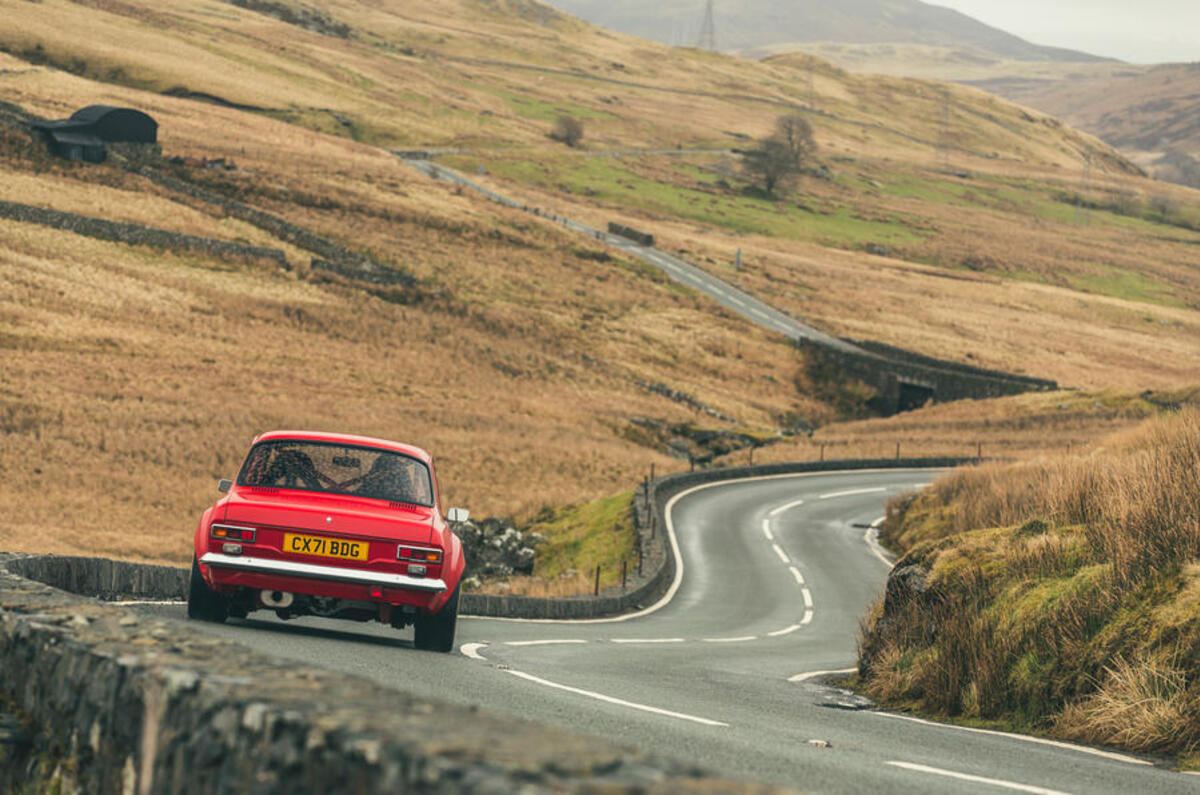
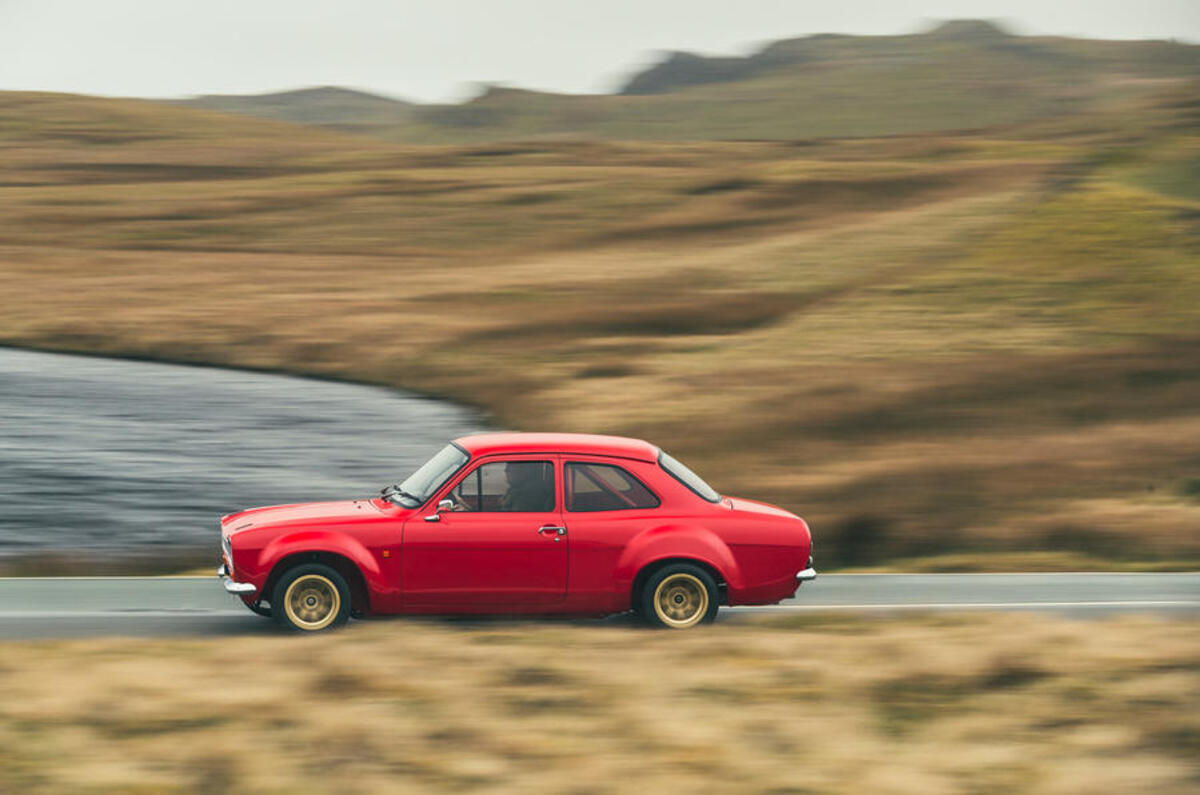
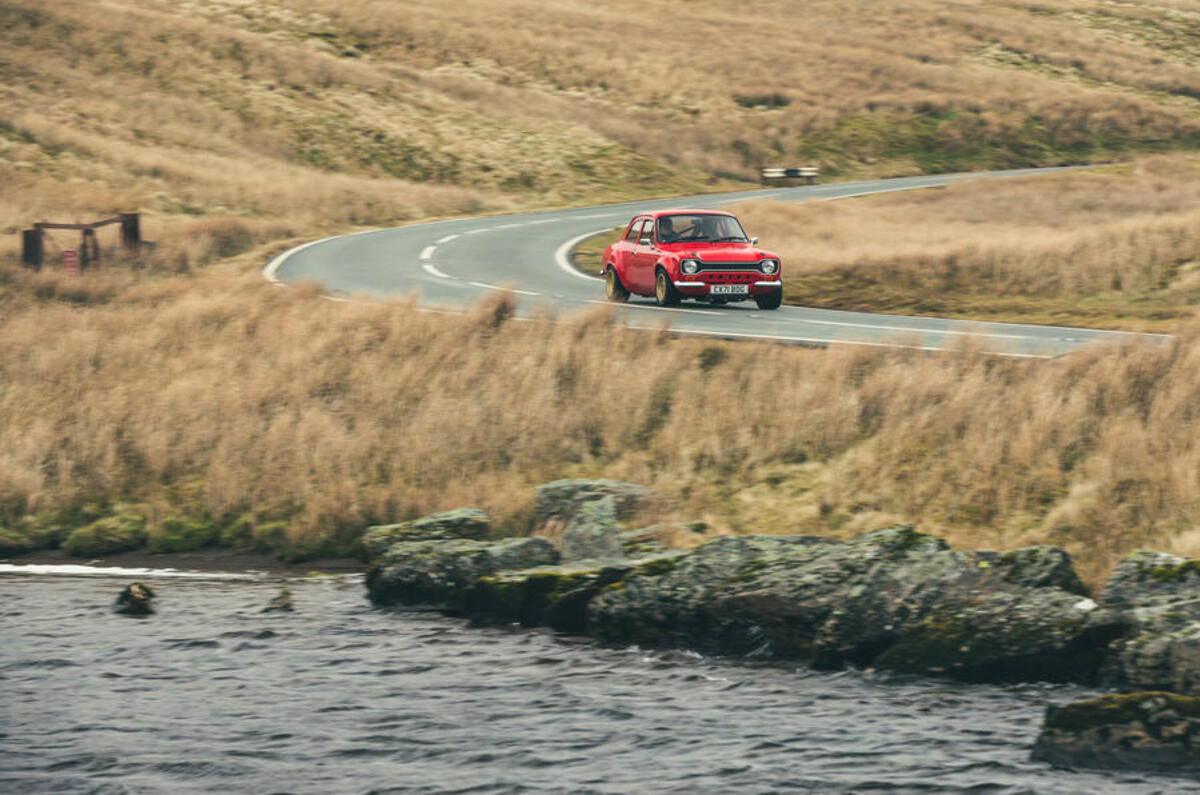
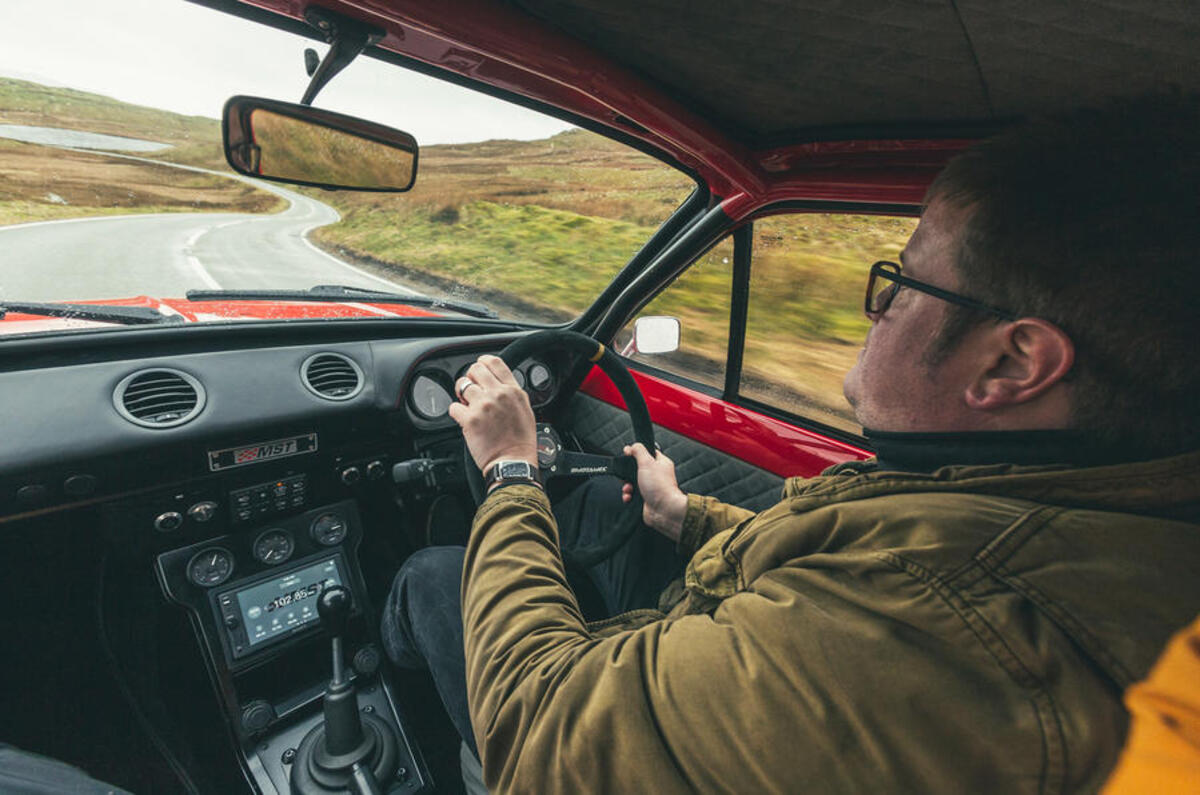
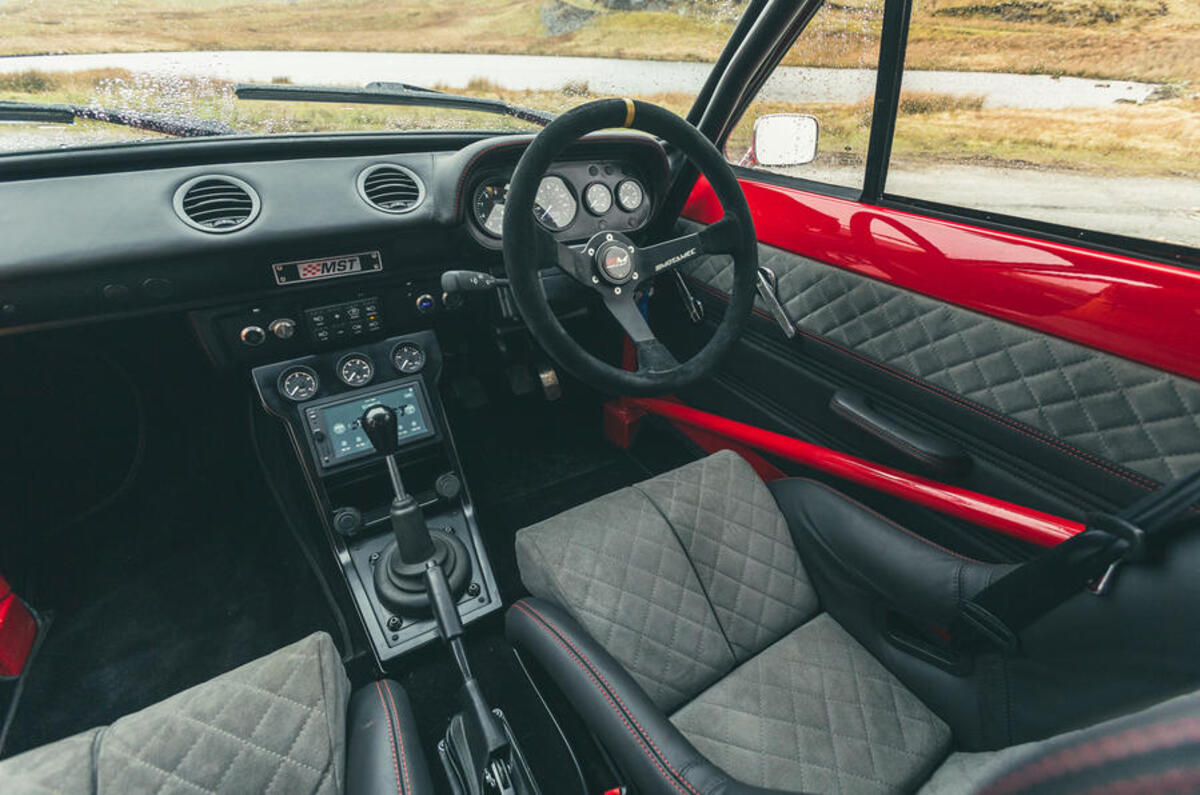

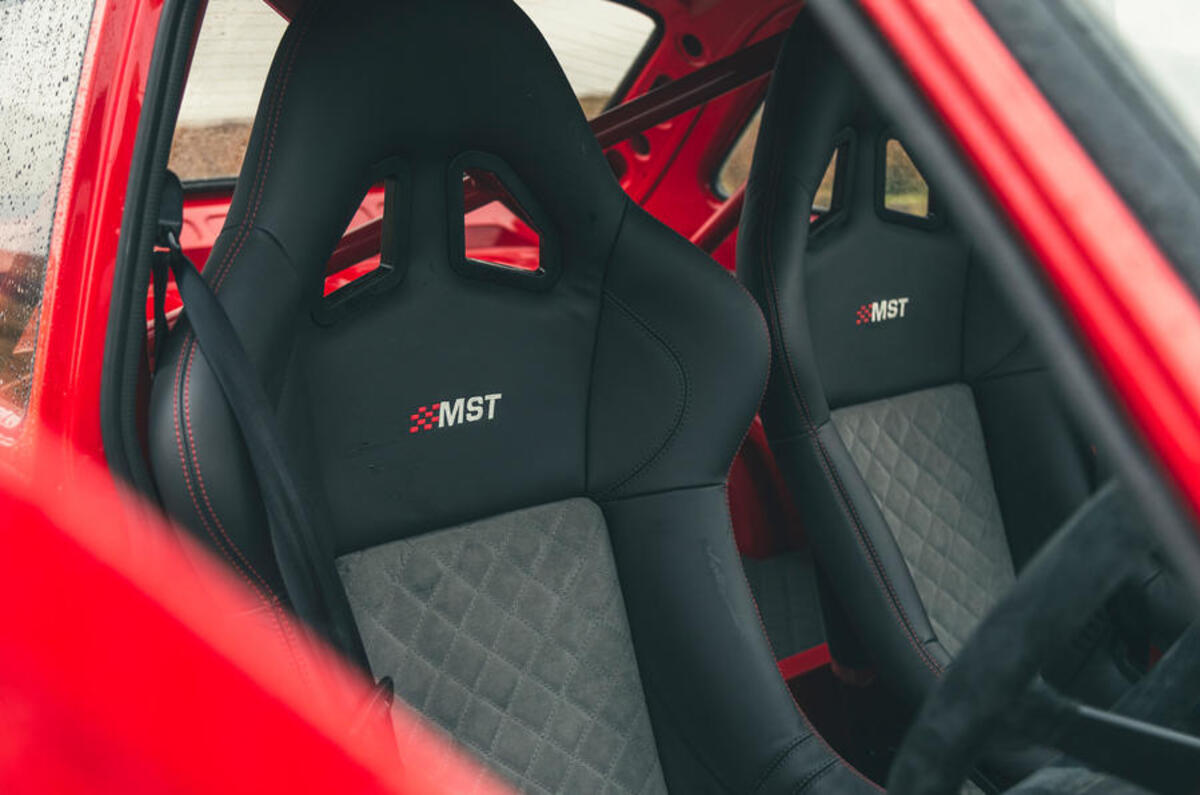
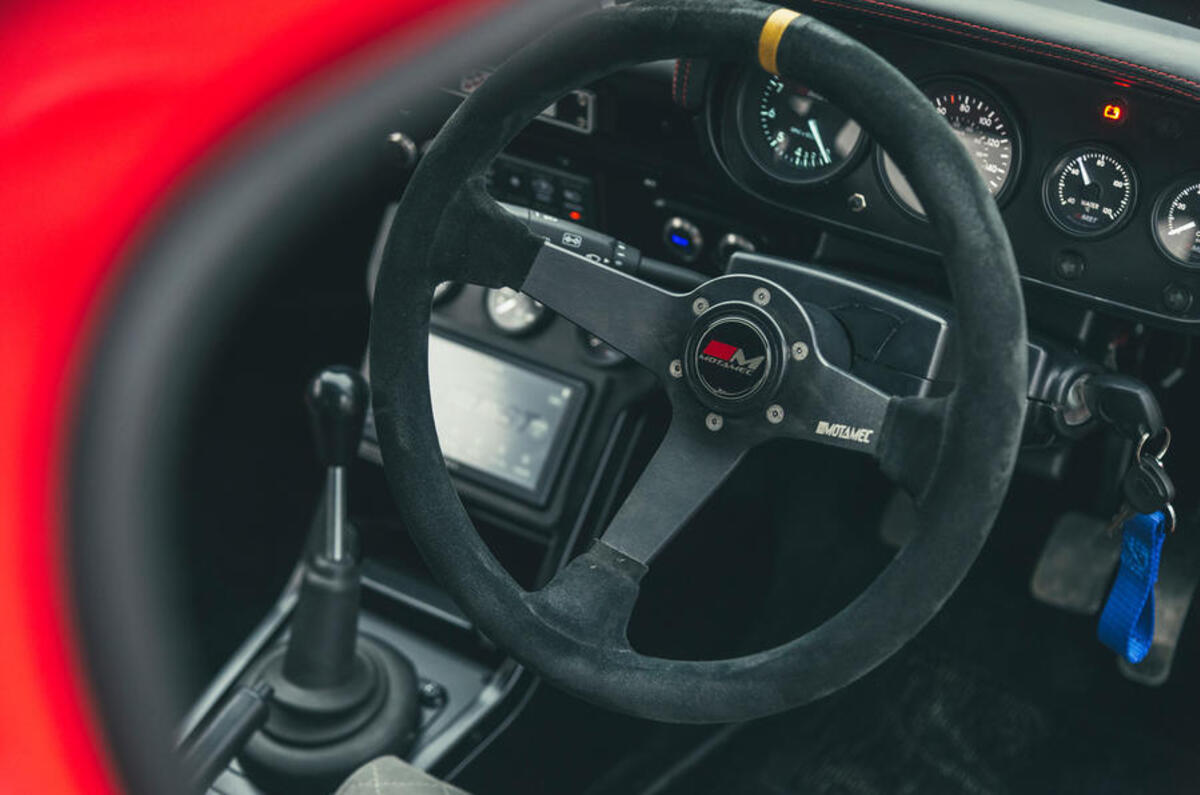
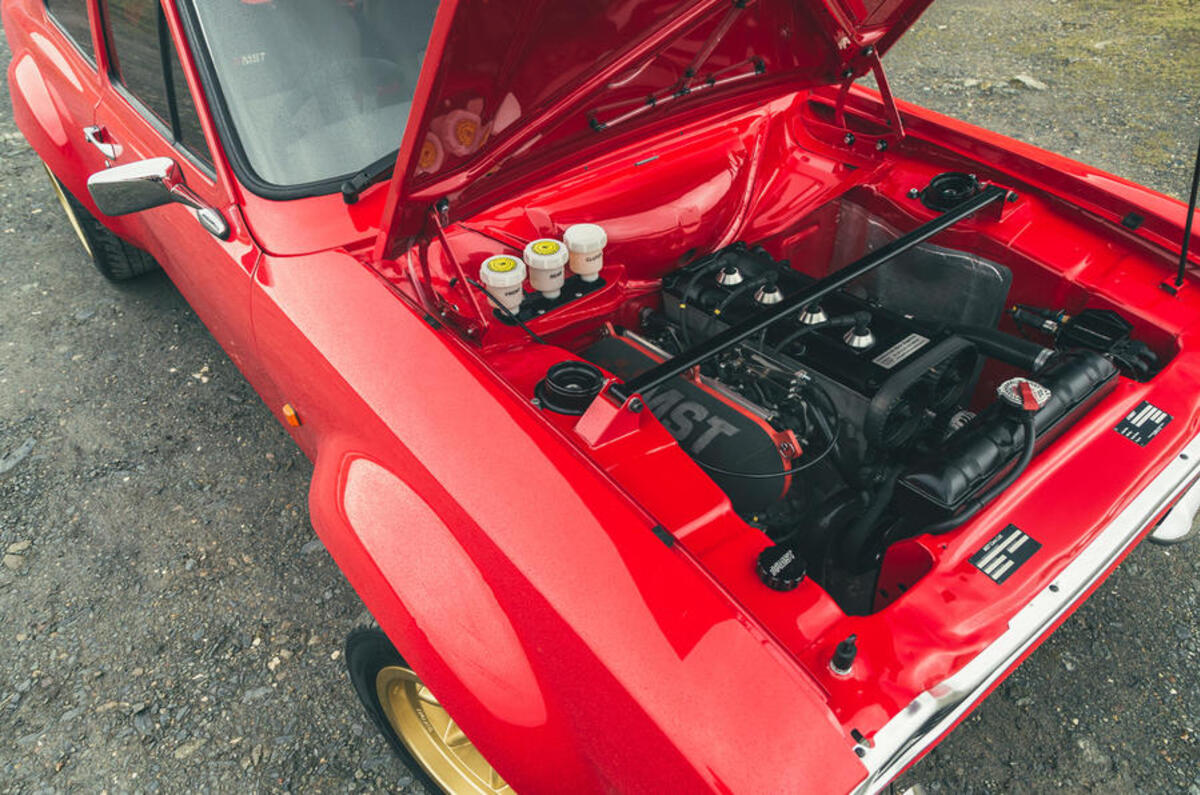
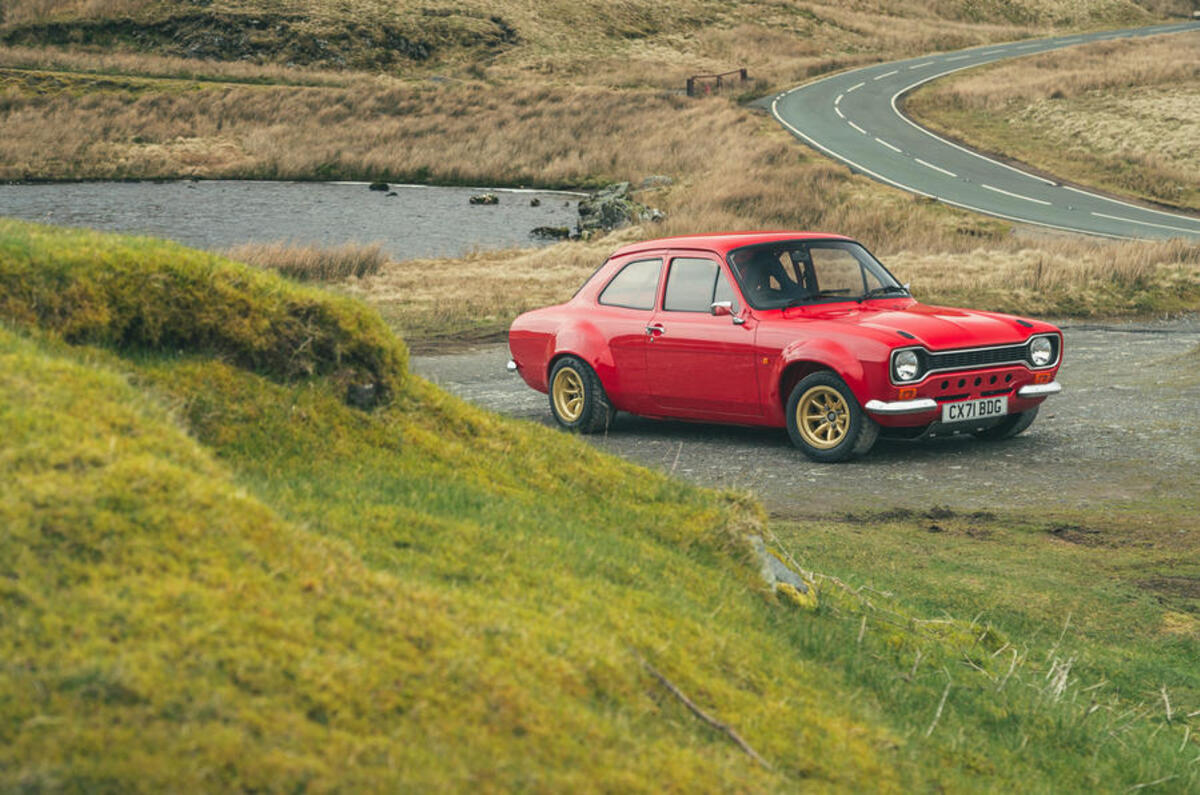
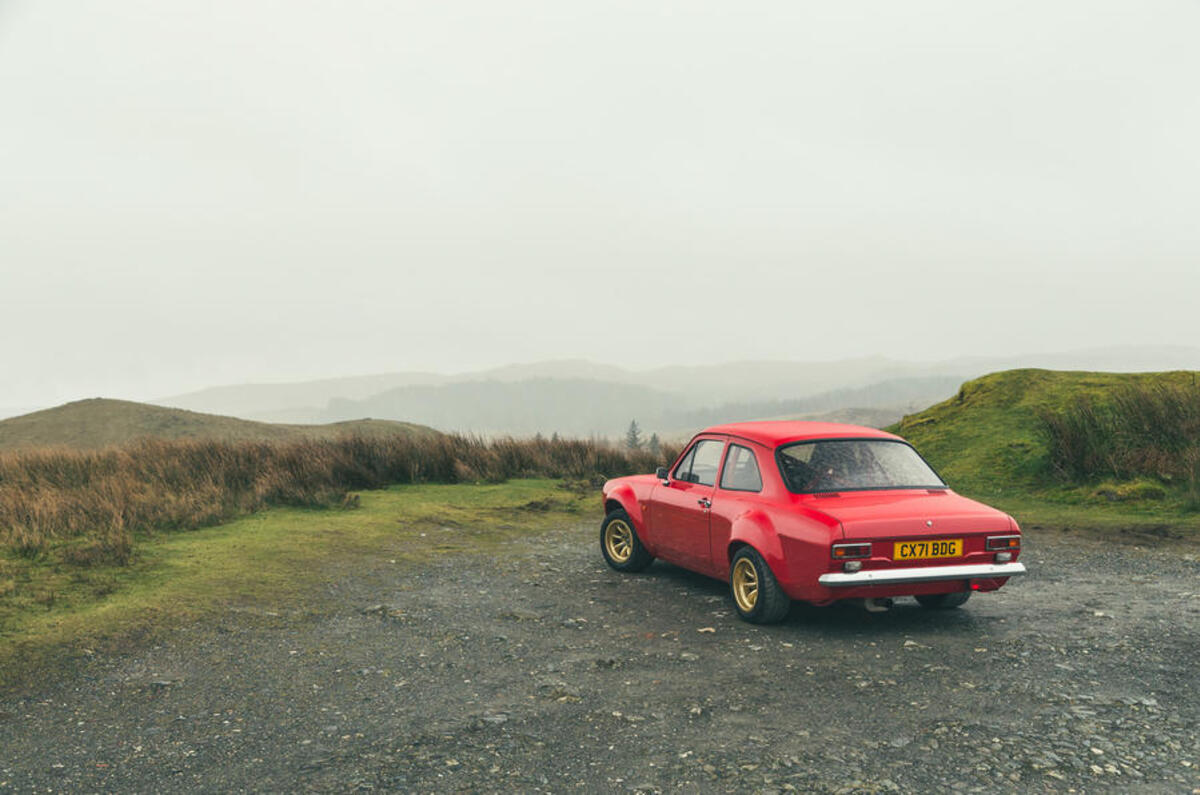
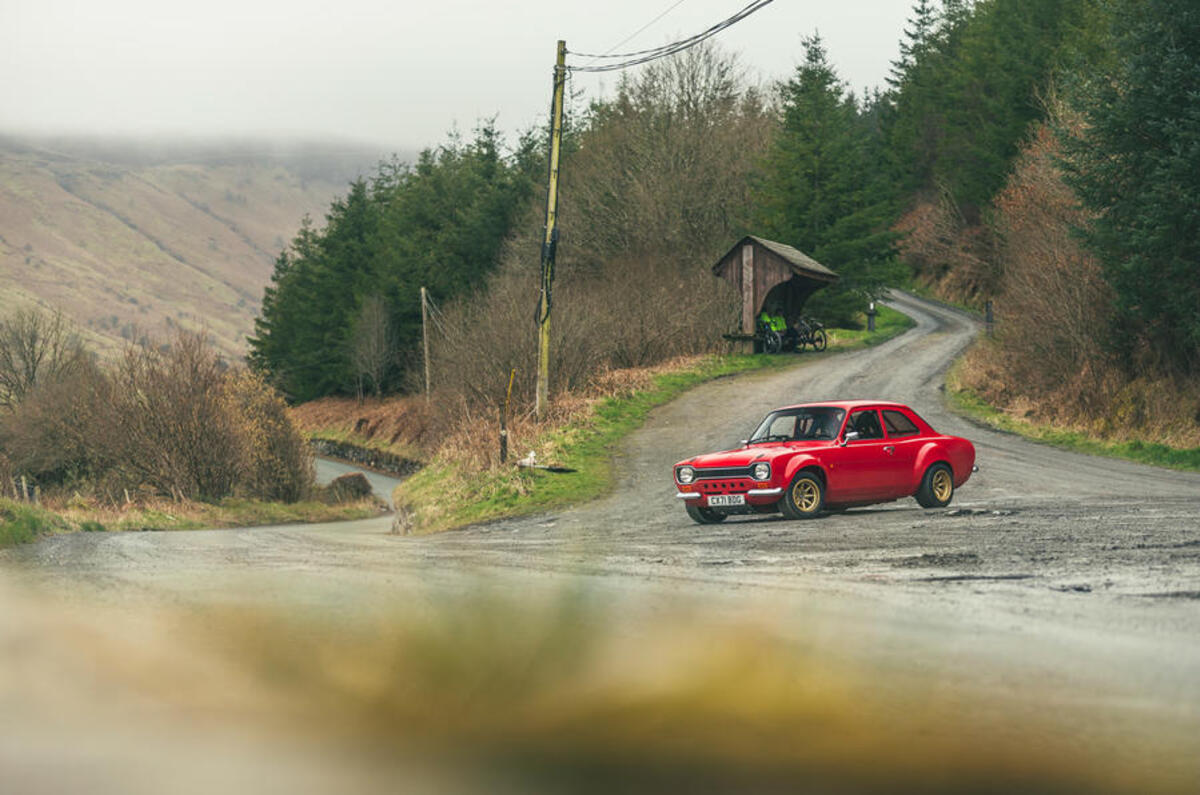
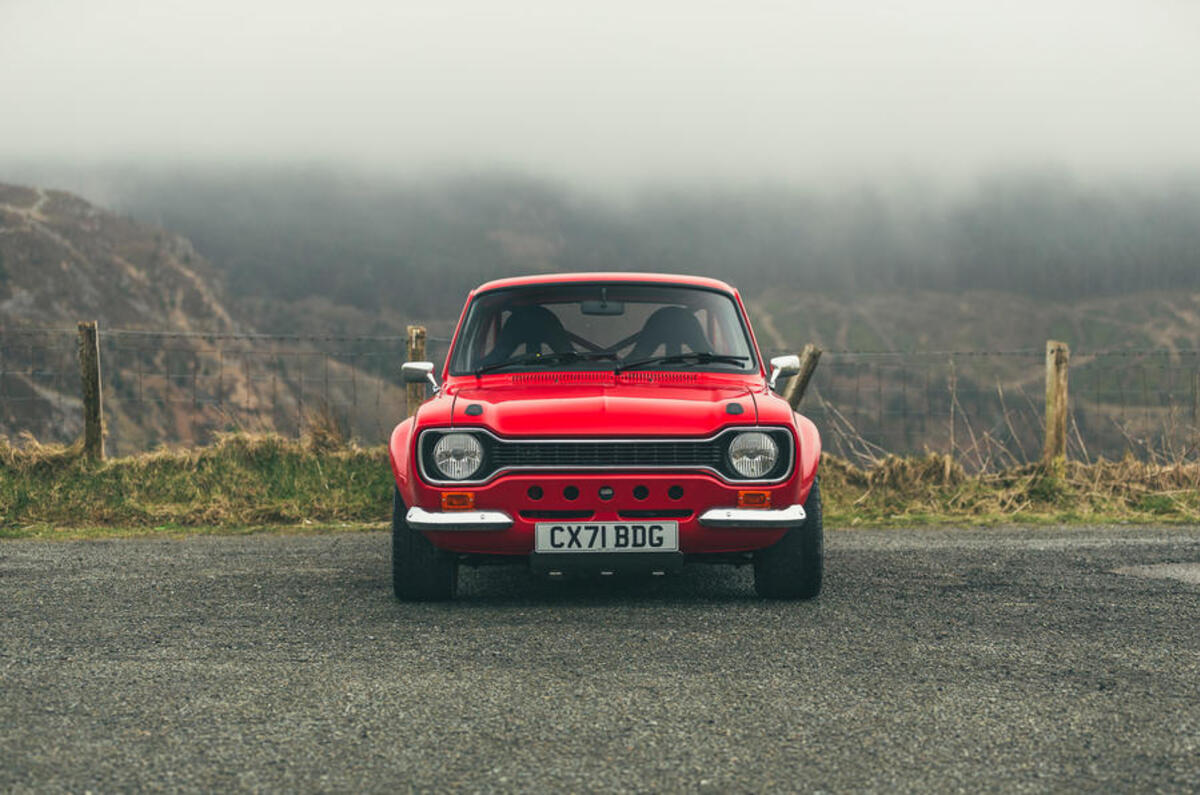

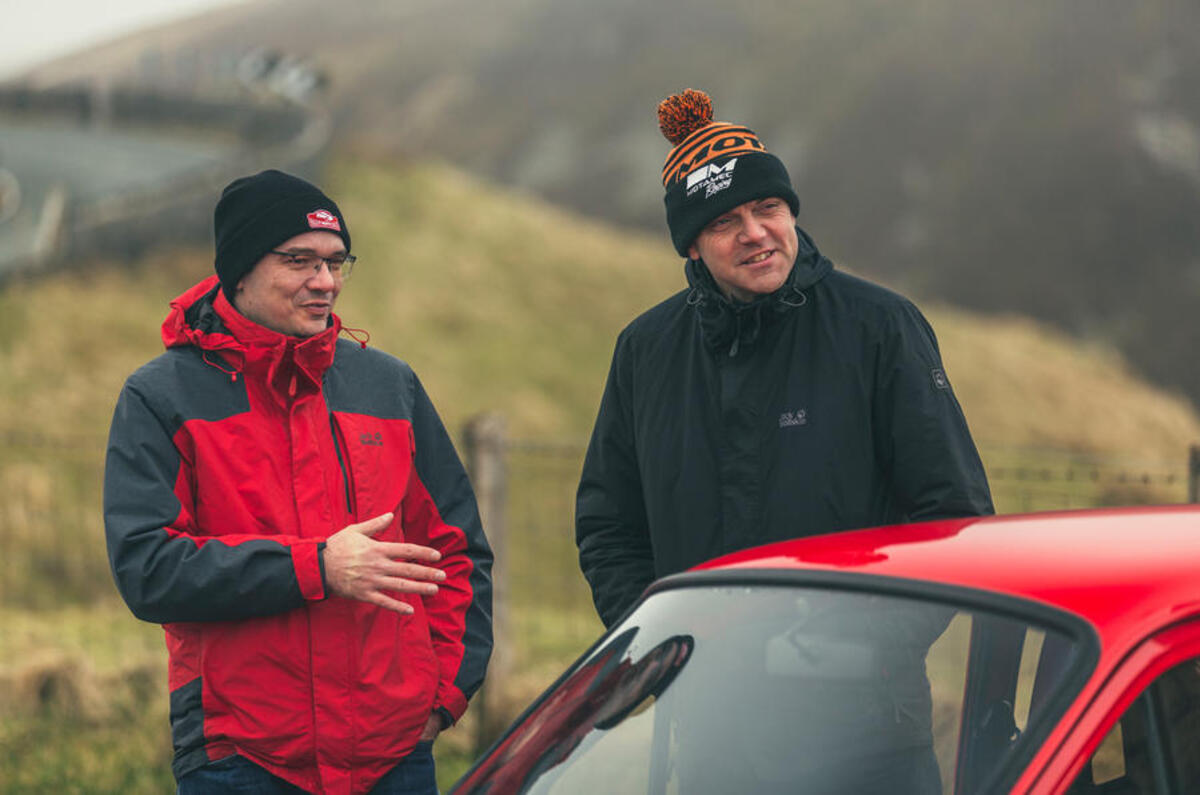
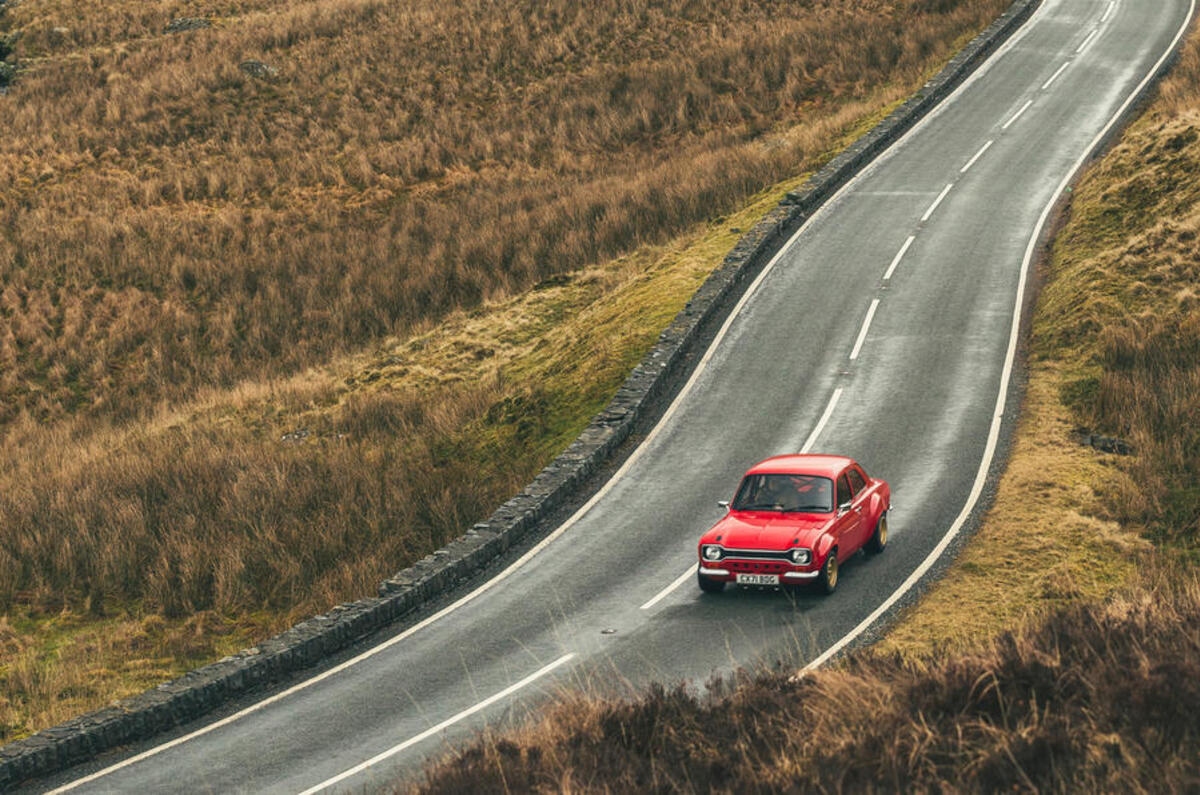


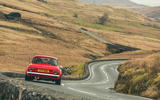

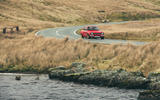


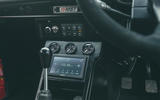
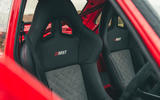

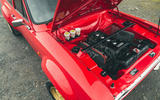
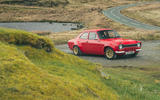

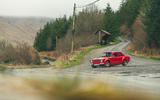






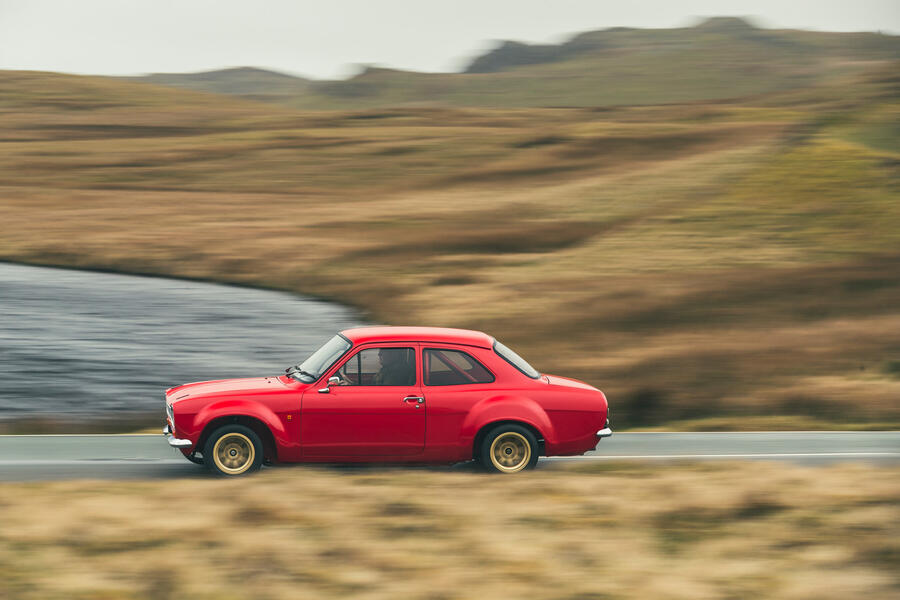
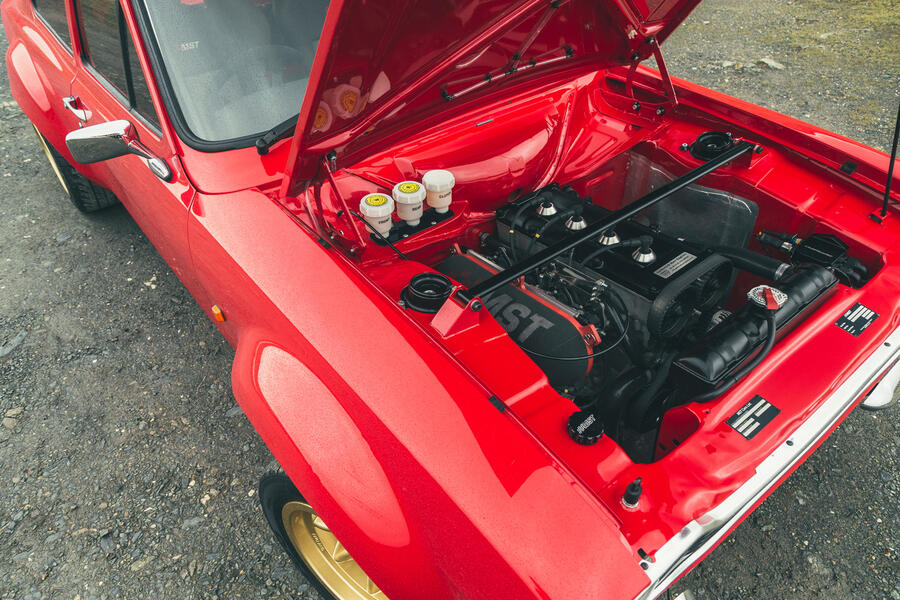
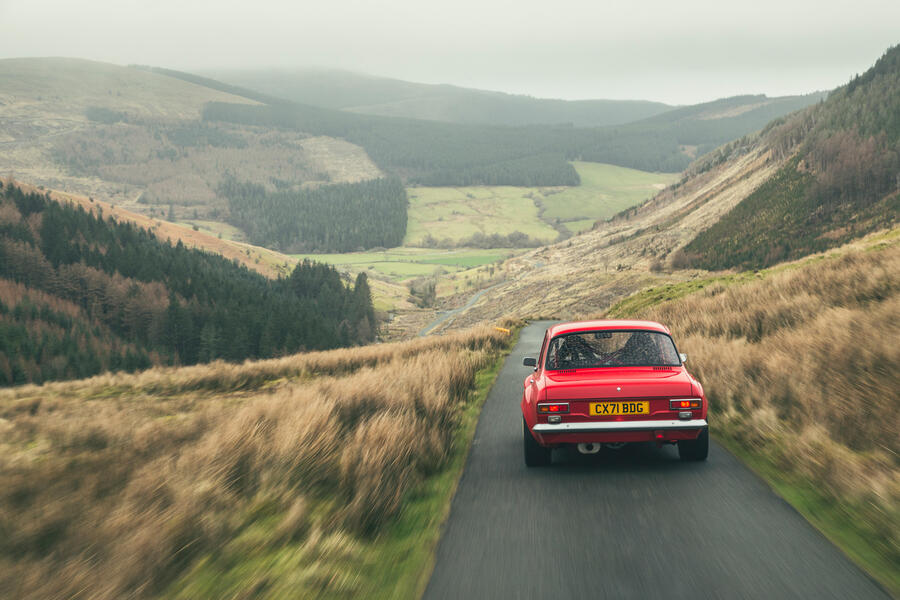

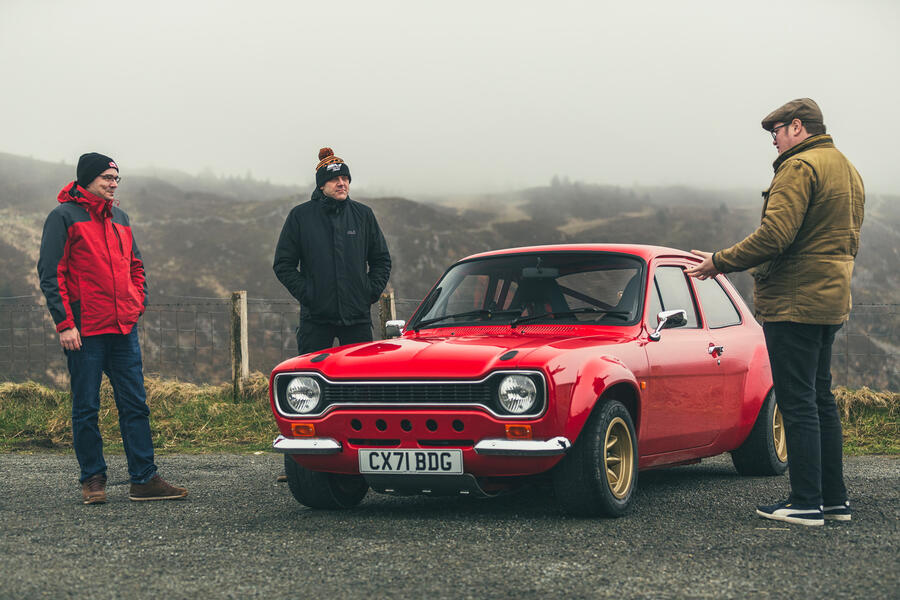
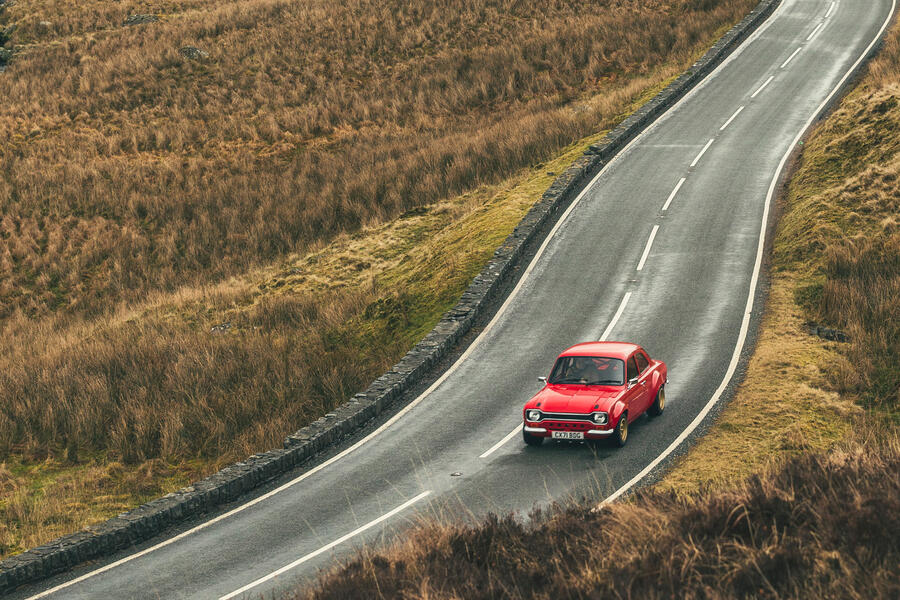
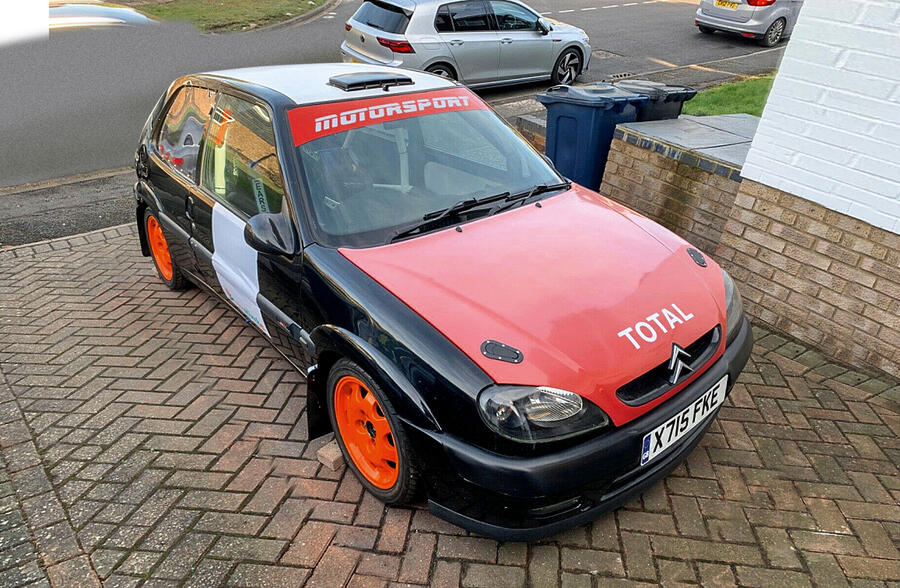
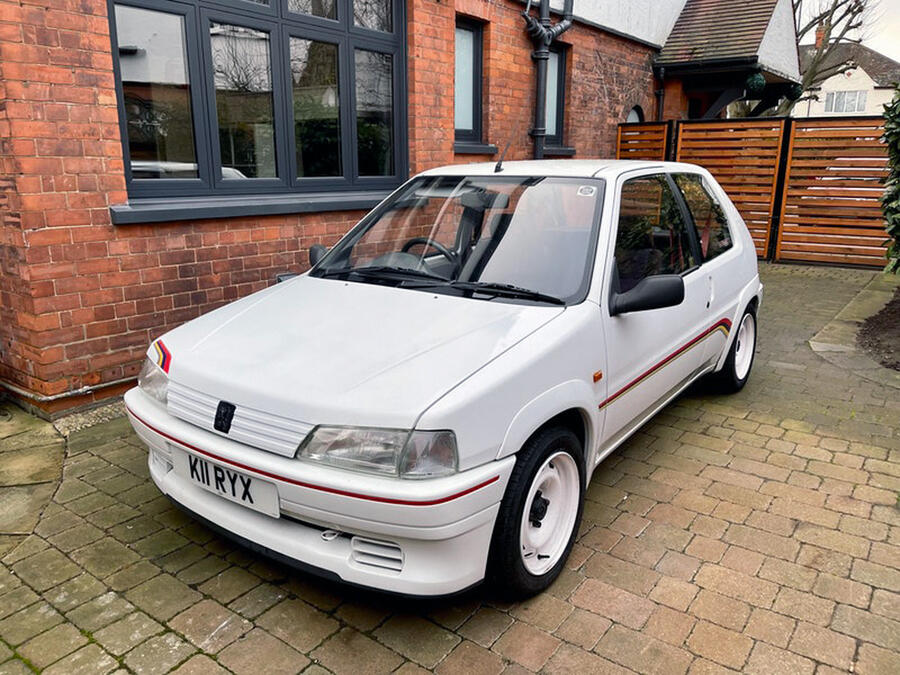
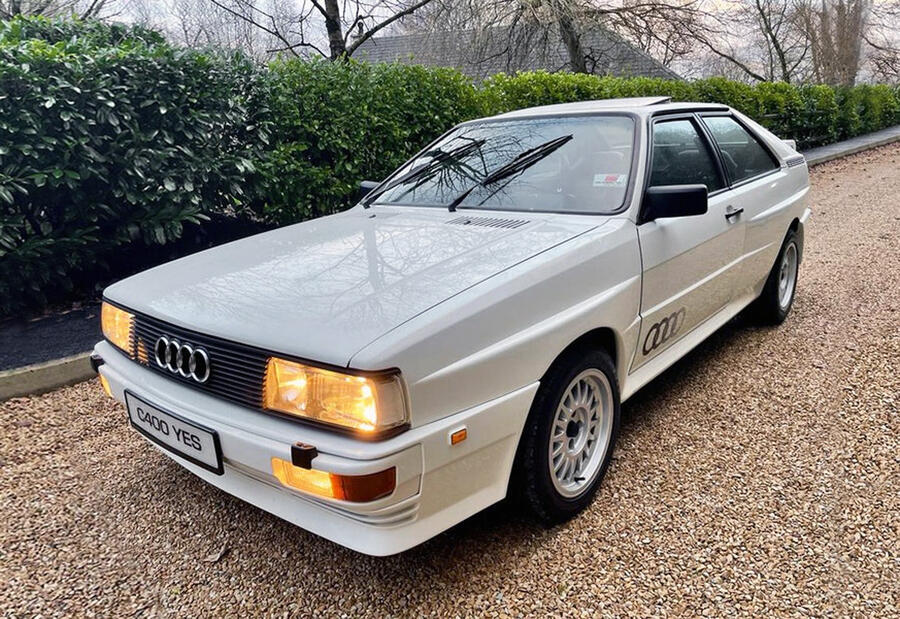
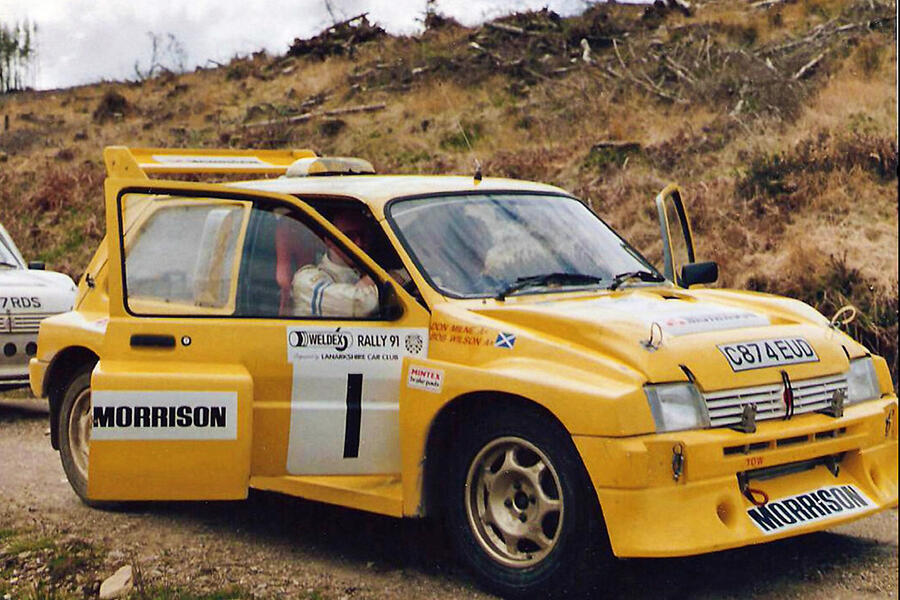





Join the debate
Add your comment
Totally agree. A very simple, but appealing little car - and it still looks great today.
What a car. I still think that a 2 door Escort MK1 is one of the most beautiful car designs ever and even if not used for racing, slightly lowered suspension and the right choice of wheels elevate it from mundane every day transport to something amazing, especially in these days of ugly, clumsily styled SUVs.
I can't stretch to the cost of one of the new old-bodied models and new cars are still a lot safer and more efficient of course. If only Ford could launch a retro-styled, fun, affordable modern Escort model like BMW did with the Mini....